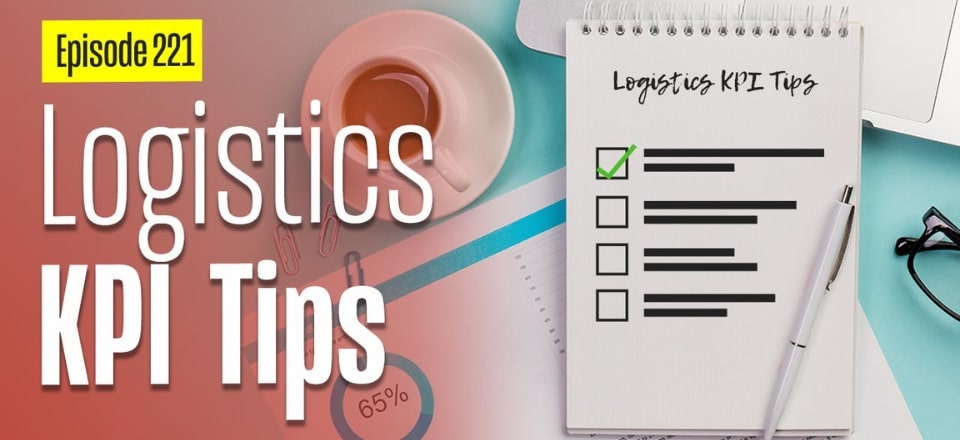Logistics KPIs, or Key Performance Indicators, continue to be a popular and significant topic.
In this video, we’ll talk about some of the common mistakes that people often make when dealing with logistics KPIs.
I will also help you simplify your outlook towards KPIs.
So, make sure to watch the whole video and see if you don’t make these mistakes.
Here’s the link to Audit your Warehouse: Boost Your Warehouse Performance
Logistics KPIs – Common Mistakes
This week we’re diving into your Logistics KPI, a perfect topic as we gear up for the new year. KPIs are a common point of interest on this channel, especially questions about which ones are crucial for different parts of logistics like warehousing, transport, or inventory management. Instead of listing specific KPIs right away, I want to first tackle some common mistakes with KPIs and offer ways to simplify your approach.
A frequent mistake I see is people tracking too many KPIs. I recommend sticking to about three or four KPIs for each level within your organization. For instance, if you’re managing a warehouse, you’d focus on three or four key metrics. If you oversee a broader role like distribution management, your KPIs would encompass areas such as warehousing and transport combined.
It’s essential that KPIs are appropriate for the management level. For example, a warehouse manager might monitor specific metrics like case picking rates, but a CEO should look at broader metrics like warehouse costs as a percentage of sales or transport costs per drop. This ensures senior leaders get the high-level data they need without unnecessary detail.
Another issue is measuring things that don’t align with your operational goals. Remember, “What gets measured gets managed.” If you aim to boost warehouse productivity, focus on relevant metrics like picking rates or cost per order dispatched. These will directly influence the areas you want to improve.
Also, be aware that the KPIs you choose drive behaviour within your organization. For instance, if you measure the number of cartons processed through a distribution center, it might encourage sending more products through the warehouse, even when it’s not the most efficient route. This can lead to counterproductive behaviours.
I’ll share some useful links at the end of this video for more in-depth information on KPIs, including an article on the best logistics KPI I’ve come across and a playlist from our channel. These resources should help you fine-tune your KPI strategies.
For those running warehouses, keep an eye out for a special offer from Logistics Bureau on warehouse audits, which could help you enhance operations in 2024. Check out the link below for more details.
I’m eager to hear your thoughts or questions about KPIs in the comments below. Thanks for watching, and catch you next time!
Related articles on this topic have appeared throughout our website, check them out:
- The Best KPI: The Probability of a Perfect Order
- KPIs for Your Warehouse: How to Choose and Use Them
- KPI Key Performance Indicators in Supply Chain & Logistics
- The Big List of Supply Chain KPI Mistakes to Avoid
Editor’s Note: The content of this post was originally published on Logistics Bureau’s website dated January 24, 2024, under the title “Logistics KPI Tips – Key Performance Indicators“.

